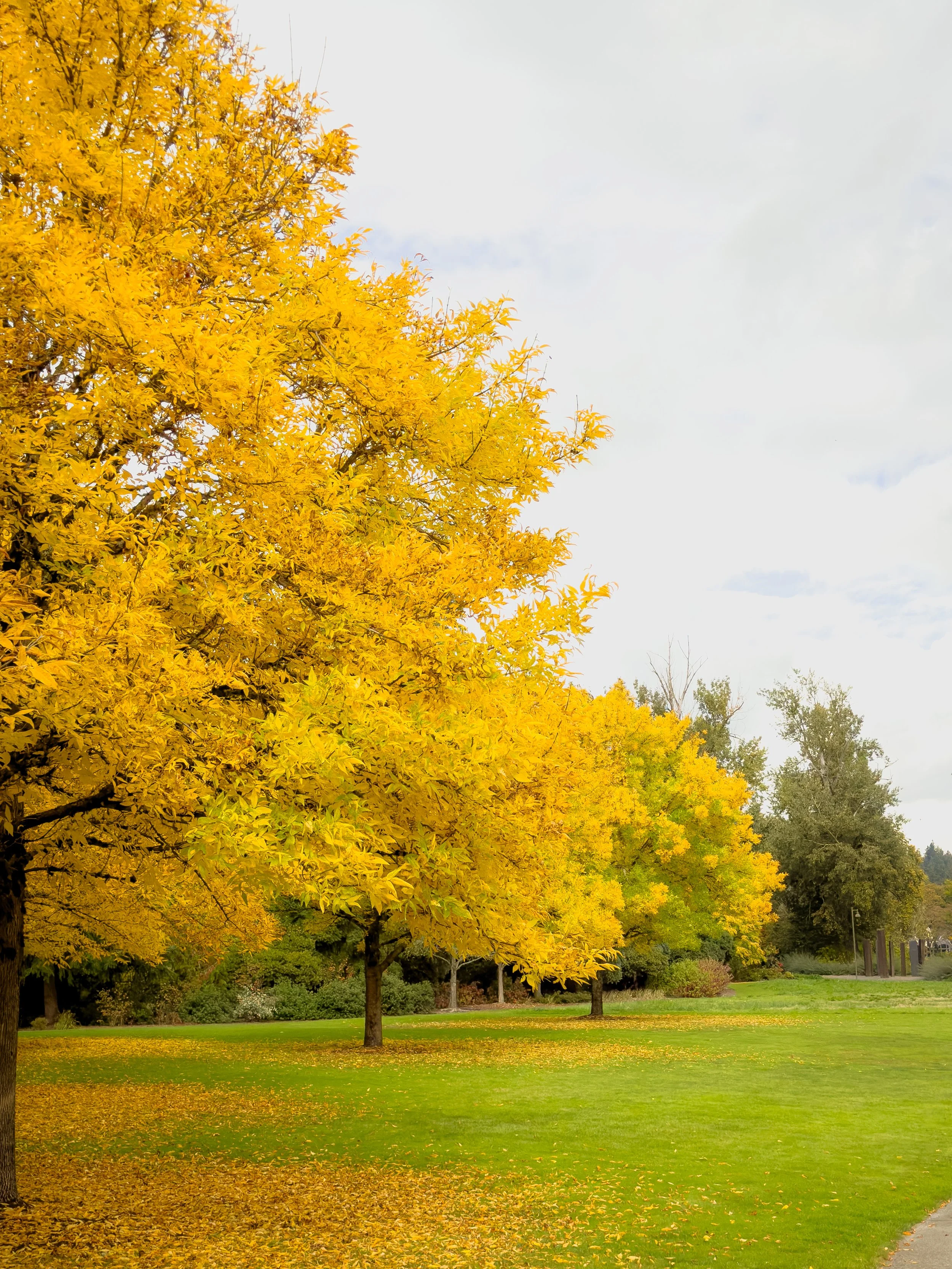Photography Composition Tips: Master the Art of Stunning Photos with Your Phone.
Learn how to use the rule of thirds, lighting, and other pro composition techniques to transform your phone photography.
We all love snapping photos, but have you ever wondered what makes some shots stand out while others fall flat? The secret lies in composition—the art of arranging elements in your frame to tell a compelling story. With phone cameras getting better and better, you have a powerful tool right in your pocket, capable of capturing stunning shots. Understanding a few simple composition basics can turn your ordinary photos into extraordinary ones. From the rule of thirds to mastering lighting, let’s dive into the key techniques that will help you take full advantage of your phone’s potential and elevate your photography game.
Composition Basics
Photographers will tell you that the biggest difference between an amateur and a professional often comes down to composition. Composition refers to how the elements of a photo are arranged to bring the photographer’s vision to life. While composition is subjective and unique to each artist, there are timeless fundamentals that every photographer knows and applies to create compelling images.
Change up the angles - Shooting up or down instead of straight on to your subject can really make a dynamic change to a traditional photo.
Leading Lines - Leading lines are visual elements within a photo that guide the viewer's eye towards the main subject or point of interest. These lines—whether natural or man-made—create a sense of depth and movement, helping to draw focus and lead the viewer through the image.
Fill the frame with your subject - To really fill the frame, let your subject take up a big chunk of the image, leaving little or no space around it. This way, you’re cutting out distractions and letting the viewer zoom in on the subject, soaking in all the little details.
Rule of Thirds - Often the very first composition strategy many new photographers learn. This one deserves to have it’s own section, so read on below.
Rule of Thirds
One of the most time-tested principles in photography, the rule of thirds is a compositional technique that divides your image into nine equal parts using two vertical and two horizontal lines. The idea is to place your subject along one of these lines or at one of their four intersecting points.
This technique often results in a balanced and visually compelling photo, with one-third of the image containing the subject and the remaining two-thirds providing open or complementary space.
While there are many different compositional strategies to create striking images, the rule of thirds is a reliable starting point for capturing a well-composed shot every time.
Tips
Turn on your grid overlay - The grid overlay can be turned on in your phone setting under the camera app. This will put a grid on your screen so it’s easier to conceptualize those intersecting points that were referenced earlier.
When photographing a person, align their eyes with the upper third line.
For landscapes, place the horizon on either the top or bottom third line, depending on whether you want to emphasize the sky or the foreground.
Lighting is Everything
The word "photography" literally translates to "writing with light," which makes it easy to see why taking a few extra moments to consider your lighting can dramatically impact the quality of your photos. Light doesn’t just influence the mood and atmosphere of your image—it also plays a crucial role in how colors are rendered and details are revealed.
Tips
Direct sunlight often creates harsh shadows and causes your subject to squint—both of which can detract from your photo. Instead, look for shaded areas to get the shot you’re after. Just be sure the lighting in the shade is even, avoiding any distracting dappled patterns.
When shooting indoors, let natural light work its magic - Move closer to a window to bathe your subject in soft, flattering light that adds warmth and dimension to your photo.
Experiment with Golden Hour - The hour after sunrise and the hour before sunset (golden hour) provide warm, directional light that can add a magical touch to photos. Position your subject with the light behind them for a soft backlit effect or to create dramatic silhouettes.
Mastering the basics of composition is all about practice and observation. By paying attention to things like lighting, framing, and how you position your subject, you can elevate your photos from average to amazing. Remember, these guidelines aren’t rules set in stone—they’re tools to help guide your creative eye. So get out there, experiment, and start capturing those picture-perfect moments!



